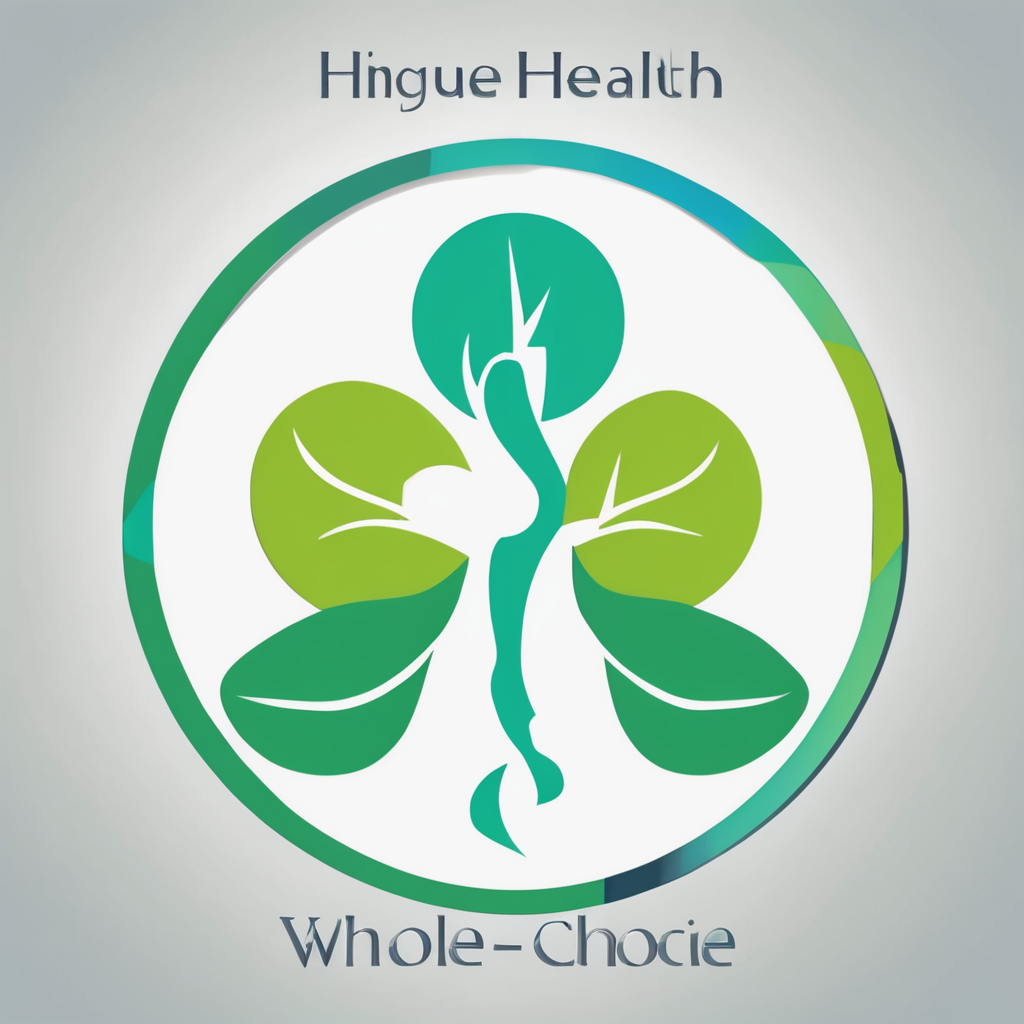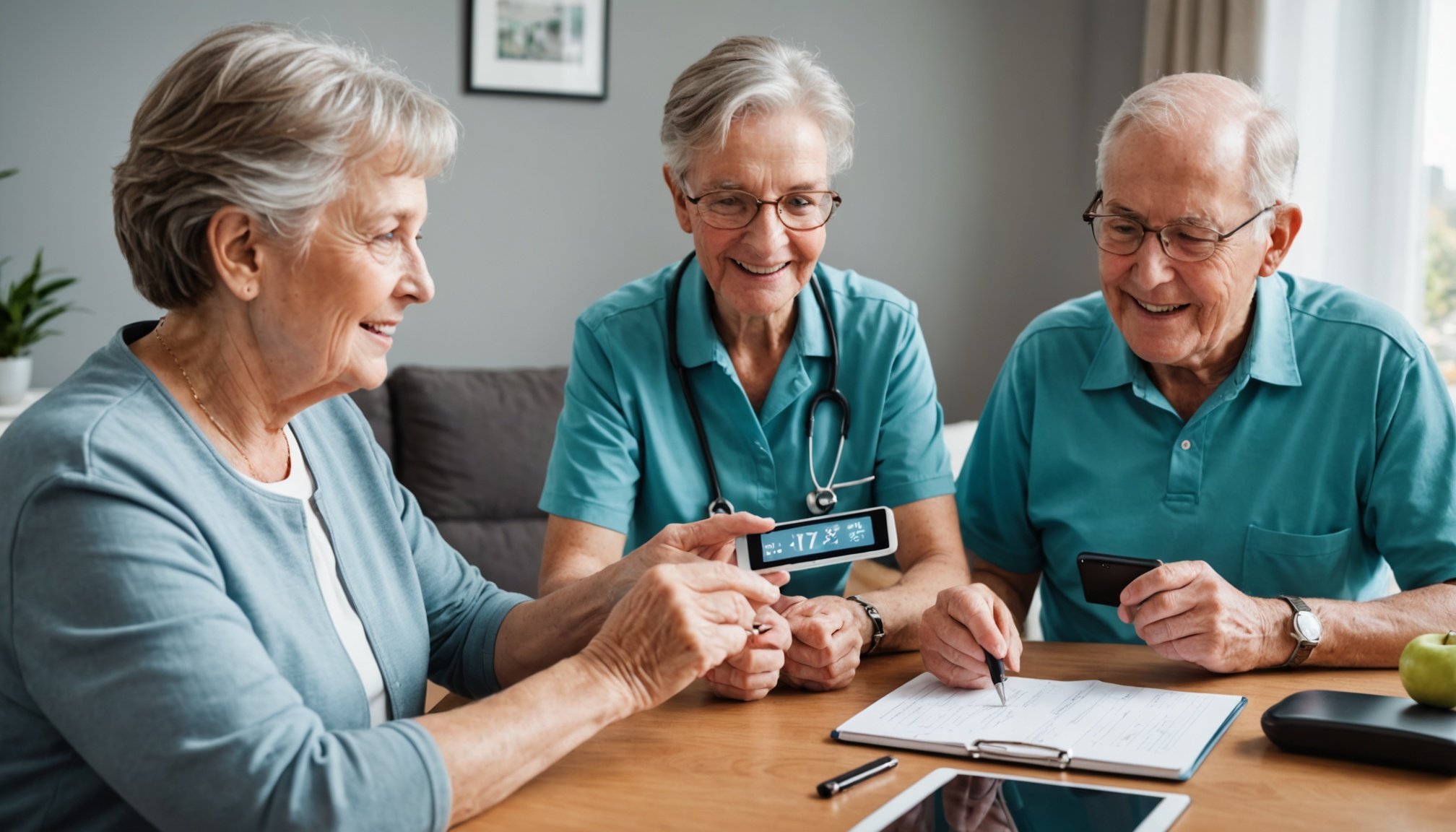Overview of Remote Health Monitoring Technologies for Seniors
As the senior population grows, remote health monitoring technologies are gaining importance in healthcare. These innovations offer a lifeline to many elderly individuals, allowing them to maintain independence while ensuring their health is closely monitored. Remote health monitoring employs various devices and software to track vital signs and other health metrics from the comfort of one’s home, facilitating timely interventions if needed.
Senior health technologies encompass a wide array of tools that cater to the unique requirements of the elderly. From simple wearable devices that monitor heart rates and detect falls to sophisticated systems integrated with smart home technology, these innovations provide crucial data to caregivers and healthcare providers. Such solutions reduce the need for frequent hospital visits and improve overall quality of life.
Additional reading : Top Strategies for Seniors: Mastering Chronic Pain Management
Among the elderly healthcare innovations are smart pill dispensers that ensure medication compliance and telehealth platforms that offer virtual consultations. Additionally, the use of artificial intelligence in analyzing health data is a key trend shaping the future of elderly care. This not only enhances the accuracy of health assessments but also supports predictive health management strategies, allowing for proactive rather than reactive care measures.
Latest Innovations in Remote Health Monitoring
With the rapid evolution of health monitoring innovations, seniors now have greater access to devices and platforms that cater to their unique needs.
Also to read : Top Balance Exercises for Seniors: Proven Techniques to Prevent Falls Safely
Wearable Devices
Wearable technologies play a pivotal role in remote health management for seniors. Devices such as smartwatches, fitness trackers, and health-monitoring bands are increasingly popular. They offer features like heart rate monitoring, fall detection, and emergency alerts, providing a safety net for users. For instance, a fitness tracker might continuously monitor a senior’s heart rate, alerting caregivers to any concerning changes. Case studies across various demographics highlight their effectiveness in reducing emergency room visits by providing timely interventions. These technologies empower seniors by offering greater independence while ensuring they remain connected to caregivers.
Telehealth Solutions
Telehealth advancements are enhancing how seniors access healthcare. Integration with wearable technologies ensures a seamless flow of information, from the patient to the healthcare provider. Benefits include reduced need for physical visits, thereby increasing convenience and reducing stress. A comparative analysis of popular platforms like Teladoc and Amwell shows they offer video consultations, prescription handling, and chronic disease management. Seniors find these platforms especially efficient, as they streamline the communication process with healthcare professionals.
Benefits of Remote Health Monitoring for Seniors
Remote health monitoring provides numerous benefits for seniors, addressing key aspects such as enhanced independence and improved quality of life. By leveraging technology, seniors can monitor their health from the comfort of their homes, which fosters increased autonomy and reduces reliance on in-person visits to healthcare facilities.
Enhancing Independence and Confidence among Seniors
One major advantage is the enhancement of independence. Seniors gain confidence as they monitor their health parameters using remote monitoring tools, resulting in greater independence. This empowerment can significantly improve their overall well-being.
Proactive Health Management and Early Intervention
Remote health monitoring allows for proactive health management by offering real-time data to healthcare providers. This facilitates early intervention, helping to address potential health issues before they become severe. Monitoring technology often includes alerts that notify both seniors and their healthcare teams of any concerning changes, ensuring timely care and avoiding unnecessary hospital visits.
Improved Communication between Patients and Healthcare Providers
Improved communication is another key benefit. Healthcare providers can access accurate and updated health information remotely, leading to more informative and meaningful conversations during consultations. This continuous, data-driven interaction ensures that seniors receive personalized care that is timely and precise, aligning with their specific health needs.
Expert Opinions and Insights
In the realm of healthcare, expert analysis has shed light on the transformative potential of remote monitoring technologies. Interviews with healthcare professionals reveal that continuous patient monitoring significantly improves outcomes by enabling timely interventions and personalized care. Remote monitoring tools are not just a trend; they are becoming an integral part of patient care strategies.
Healthcare professionals recommend employing these technologies to manage chronic conditions, highlighting their efficacy in reducing hospital readmissions and improving quality of life. Their recommendations are rooted in both clinical practice and emerging research studies, which consistently demonstrate the benefits of remote monitoring. These studies underscore how real-time data collection aids doctors in making informed decisions swiftly, leading to proactive rather than reactive care.
Industry insights from leaders in healthcare technology further reinforce these findings. They point out the rapid evolution of remote monitoring devices, emphasizing innovations like wearable sensors and AI-driven analytics. These advancements promise to enhance accuracy and user experience, making monitoring more accessible and less intrusive.
Incorporating these insights into healthcare systems can potentially redefine patient care paradigms, aligning them more closely with the demands of modern-day healthcare challenges. The consensus among experts is clear: remote monitoring is a pivotal element in advancing health management and healthcare delivery.
Real-world Applications
Emerging technologies in healthcare, especially remote health monitoring tools, have delivered impressive outcomes in various real-world settings. Generating data from a myriad of case studies, these innovations demonstrate their potential by offering insights into patient care.
One such success story involves seniors using devices that enable constant health tracking. For instance, Mary, a 76-year-old from Southampton, has benefited from remote monitoring of her heart condition, experiencing fewer hospital visits. This technology equips caregivers with accurate data, providing proactive care rather than reactive solutions.
In different healthcare environments, these tools show varied applications. Community health centres have integrated remote monitoring systems to manage larger patient lists effectively. Likewise, hospitals have incorporated these technologies to improve discharge procedures, facilitating seamless transitions for patients going home.
User feedback plays a crucial role in refining these technologies. Positive reviews highlight improvements in patient engagement and satisfaction, while pointing to the need for enhancing device interfaces for better user experience. An analysis of such feedback indicates a promising trend; users appreciate the efficiency and convenience offered by remote health monitoring.
The pragmatic nature of these successful deployments signals a transformative shift in healthcare delivery, heralding an era where patient-centric care becomes the norm.
Challenges and Considerations
In adopting remote monitoring technologies, senior individuals may encounter several challenges. One predominant issue is the technical challenges these technologies present. Many seniors are less familiar with digital devices, making it difficult to navigate interfaces and troubleshoot issues independently. This can lead to frustration and hinder the successful adoption of these solutions.
Privacy concerns also play a crucial role. With these technologies monitoring personal health data, there is an understandable apprehension regarding who has access and how securely this data is managed. This can create resistance to adoption, as individuals are wary of potential data breaches and misuse of sensitive information.
Possible solutions exist to mitigate these adoption hurdles. Providing user-friendly interfaces and comprehensive support can help seniors become more comfortable with the technology. Privacy concerns can be alleviated by ensuring robust security measures and clear communication about data handling policies.
To address these challenges, it’s essential for providers to focus on building trust and demonstrating the value of remote monitoring. Demonstrating the benefits, such as improved health management and increased independence, can encourage more seniors to embrace these technologies. Ultimately, understanding and addressing these concerns can lead to successful adoption and greater satisfaction among senior users.
Future Trends in Remote Health Monitoring for Seniors
Remote health monitoring for seniors is poised for significant transformation over the next decade, driven by future technologies and healthcare innovation trends. As our population ages, there’s a growing demand for efficient, tech-driven solutions that ensure elderly care remains comprehensive and effective.
Predictions point towards a seamless integration of AI and machine learning, which will revolutionise remote health technologies. AI can enhance data analytics, allowing for more personalised care and early detection of health issues. Predictive algorithms will likely foresee potential health risks, enabling preventative measures before symptoms manifest.
In tandem with technological advancements, consumer behaviour and healthcare policies are expected to evolve. As more seniors become tech-savvy, there will be an increased receptiveness towards wearable health devices and telehealth solutions. Healthcare policies may shift to accommodate these technologies, providing incentives for their adoption and wider access.
The next decade promises elderly care advancements that cater specifically to individual needs, benefiting both seniors and their caregivers. The adoption of these innovations could reduce hospital visits, lower healthcare costs, and improve overall quality of life, making these trends vital not just for the elderly, but for society as a whole.











